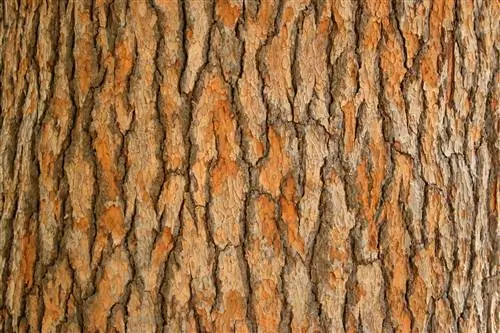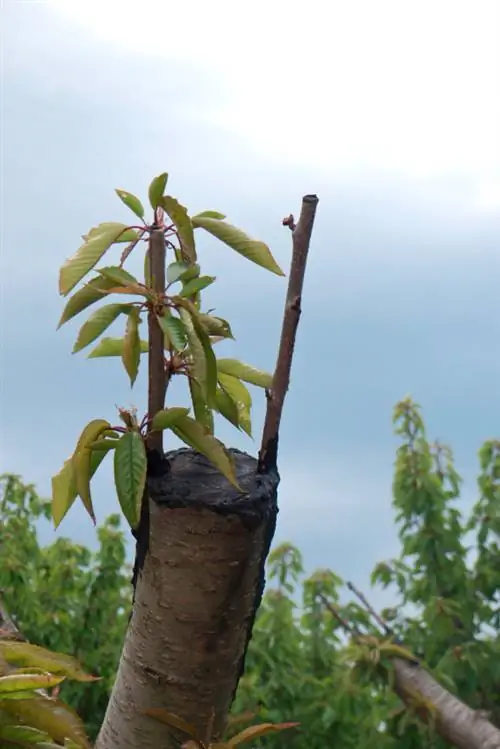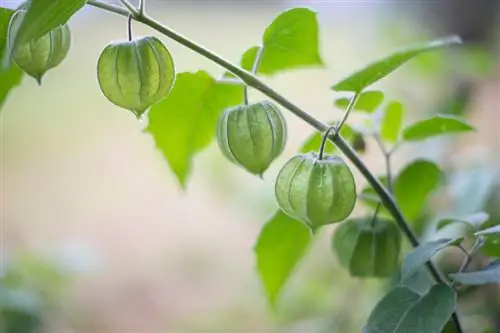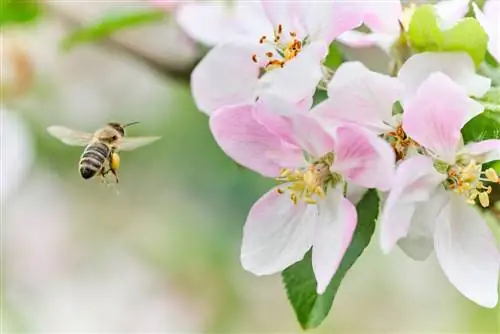- Author admin [email protected].
- Public 2023-12-16 16:46.
- Last modified 2025-01-23 11:22.
Yellow flower heads are the distinguishing feature of pippau and hawkweed. Confusions are inevitable. Anyone who knows the difference can tell the local wild herbs apart straight away. In this guide you will read all the information you need to accurately identify Crepis and Hieracium.
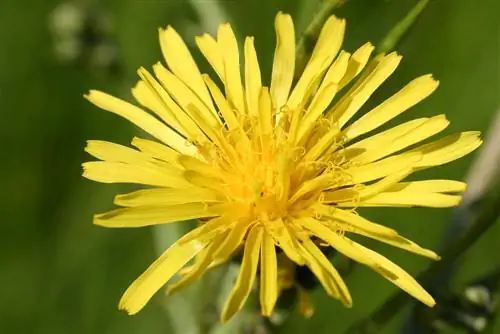
What is the difference between Pippau and Hawkweed?
The main difference between Pippau (Crepis) and Hawkweed (Hieracium) is the leaf shape. Pippau has arrow-shaped, serrated leaves with downward-pointing sawteeth, while hawkweed has ovate to lanceolate leaves with wine-red overflow and horizontal or upward-pointing sawteeth.
What is the difference between Pippau and Hawkweed?
The genera Pippau (Crepis) and Habichtkräuter (Hieracium) from the daisy family (Asteraceae) are widespread. Isolated hawkweeds look confusingly similar to Pippau. The most important difference is the leaf shape. The following overview explains the details using the example of two common representatives of the genus:
- Meadow Pippau (Crepis biennis): Rosette of fresh green, serrated, arrow-shaped leaves and sessile, lanceolate stem leaves, whosesaw teeth point downwards.
- Common hawkweed (Hieracium Lachenalii): rosette and stem leaves ovate to lanceolate, grey-green to light green, undersidewine red, fuzzy, hairy, coarsely toothed with horizontal or upward-pointing saw teeth.
Where does Pippau grow?
The location preferences of Pippau (Crepis biennis) provide another clue to the plant species. Wiesen-Pippau thrives primarily infully sunny, warm locations with fresh to moist soil. The yellow natural beauty has a particular preference for sun-drenched meadows with nutrient-rich, clay-rich soil.
Pippau only has a brief encounter in Mähwiesen. The perennial does not tolerate grazing or mowing and does not return after the first mowing.
Where does hawkweed grow?
In contrast to Pippau, common hawkweed (Hieracium Lachenalii) prefers to grow inpart shade. If the location primarily offers fresh or sandy-dry, nutrient-poor soil, dense stands of hawkweed will form within a short period of time. For this reason, the bright yellow flower heads of hawkweed can often be admired in sparse oak forests.
On roadsides, on ruderal areas and other locations with full sunlight, common hawkweed gives way to various conspecifics. This includes small hawkweed (Hieracium pilosella), which can hardly be distinguished from common dandelion (Taraxacum officinale).
Tip
Dream team for the bee-friendly garden
The yellow flower heads of pippau and hawkweed are filled to the brim with nutritious pollen and sweet nectar. The table is richly set for more than 30 rare species of wild bees and 10 species of butterflies. In full sun, fresh, nutrient-rich locations, meadow pippau (Crepis biennis) is useful as a bee pasture. In partially shaded, sandy-gravel locations, common hawkweed (Hieracium Lachenalii) invites you to harvest pollen and nectar.


